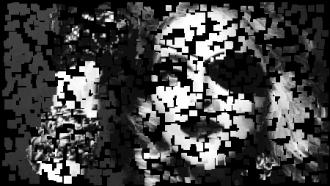Who is the mysterious person i...
Brain Teasers
[2321] Who is the mysterious person i... - Who is the mysterious person in the picture? - #brainteasers #riddles - Correct Answers: 63 - The first user who solved this task is On On Lunarbasil

2016-06-18

